- Home
- Eco House Types
- Container Homes
Are Container Houses a Viable Option?
We’ve all seen container houses on various TV shows and if you’re anything like me probably thought “what a perfect solution, cheap and quick to build!”
So what are they really like and what are the potential problems with container homes?
Without wanting to state the obvious, container houses are typically made up from one or more shipping containers joined together and typically (but not always) disguised to look like a normal home.
The containers are made from corrugated steel boxes that have very strong vertical box section at the corners and around the edges. The reason they’re built like this is so that they can be stacked on the boats up to 7 or 8 containers high, without deforming.
They do this by transferring the weight through the strong vertical box sections in their corners and therein lies their beauty and the inherent difficulties when trying to convert them into a home.
What Sizes are Available?
There are three sizes of shipping container available;
- 20’ standard container.
- 40’ standard container.
- 40’ hi-cube container (which is a foot taller than the standard 40’ container).
| 20' Dry Cargo Container | 40' Dry Cargo Container | 40' Dry Cargo Container | ||||
|---|---|---|---|---|---|---|
| 8'6" STANDARD | 8'6" STANDARD | 9'6" Hi-Cube | ||||
| OUTSIDE: | INSIDE: | OUTSIDE: | INSIDE: | OUTSIDE: | INSIDE: | |
| Length | 6.05m (19.88 ft) | 5.90m (19.35 ft) | 12.19m (40 ft) | 12.01m (39.39 ft) | 12.19m (40 ft) | 12.01m (39.39 ft) |
| Width | 2.44m (8.00 ft) | 2.35m (7.71 ft) | 2.44m (8.00 ft) | 2.35m (7.71 ft) | 2.44m (8.00 ft) | 2.35m (7.71 ft) |
| Height | 2.59m (8.50 ft) | 2.38m (7.80 ft) | 2.59m (8.50 ft) | 2.38m ( 7.80 ft) | 2.90m (9.50 ft) | 2.69m (8.82 ft) |
The most common containers used in the construction of container houses are the 40 foot containers.
Are you allowed to use them to build a house?
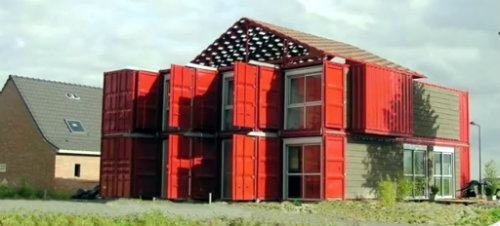
The simple answer is yes.
There are numerous examples of container houses all over the world.
However the more complicated answer is, it depends where you live!
As with any new construction you should always contact your local planning authority prior to committing yourself or spending too much money.
That way you can get their opinion on whether or not it’s likely to be acceptable in your area. If for example you live in an area of outstanding natural beauty or all the houses around you are traditional stone cottages etc. you’ll likely find that the planners won’t be very receptive towards the idea of a house made out of big steel boxes.
You’re container house will also have to show that you comply with fire regulations and other building control requirements.
Are Container Houses Really Cheaper to Build?
One of the big draws to using shipping containers to build container houses is the cost. It’s assumed that they’re a cheap method of constructing a house as the cost of buying a container is very reasonable.
However, as with anything there is an element of you get what you pay for!
Advantages of Buying New:
- They'll be straight - many older containers will have had a hard life and may well be twisted or bent. If so they’ll be difficult to straighten and could have lost some of their structural stability.
- No Rust - new containers will have a good coat of fresh paint and should be rust free.
- Alignment - if you’re using several shipping containers you’ll want them to line up perfectly and new containers will.
Advantages of Buying Second Hand:
- Cost - New Hi-cube 40’ containers can cost around £3,000 - 4,000 but second hand 40’ containers can be picked up from under £1,000. Then figure in how many you’ll need. If you need 4 containers the price difference can shoot up to over £10,000 very quickly.
- Speed of delivery - there are lots of companies who can sell you second hand containers at very short notice from local stock so you could have it onsite in a matter of days.
Issues With Container Houses You May Not Have Considered:
How hard can it be?
You buy a few containers stack them up, cut out a few doors and windows, weld them together and you’re done, right…
… Not quite!
As soon as you cut a hole in a shipping container it loses a lot of its strength and rigidity, and you’re going to have to cut a lot of big holes unless you want all your rooms to be 12m long x 2.35m wide (39.4’ x x7.7’) with no additional windows or doors.
As soon as you cut a hole, you’re going to have to reinforce the entire container in order to replace the lost rigidity. This means you’ll need to add even more steel to your container and that’ll require the services of a structural engineer, if you want to do it right!
The next thing you’ll need to consider is condensation. Steel is a great conductor of heat, so if you don’t insulate it correctly you’re going to end up with condensation.
Container Home Insulation:

Regardless of whether you insulate internally or externally, the insulation really needs to be touching all the uneven contours of the steel, otherwise the condensation risk increases within the voids that are left.
You’ll also need to install a good vapour barrier to the warm side of the insulation to prevent moisture coming into contact with the steel of your container home.
Without a vapour barrier you run the risk of water vapour coming into contact with the cold steel. At which point you’d get condensation forming which could cause rust to the steel and reduce the effectiveness of your insulation.
In my opinion the best way to insulate a container houses is to use one of the closed cell spray foam insulations available.
My reasoning for this is the spray foam will bond to the uneven surface of the ribbed steel walls/roof meaning there are no air voids for condensation to form on.
But be aware, there are several different types of spray foam and not all will be suitable for use on a steel container.
Whether you choose to insulate internally or externally is a question for personal taste. But either way it needs to be done carefully and correctly if you want to avoid rust problems in the future.
Are the 'Advantages' of Container Houses Really Advantages?
- Cheaper – I’m on the fence with the one. Building container houses can in theory be cheaper than traditional construction. But engineers reports and strengthening works can quickly push the cost back up to the region of, and maybe even over that of a traditional house.
- Environmentally friendly - re-using old containers sounds like a great way of re-cycling. But the fact remains that shipping containers are way over engineered to be a home.
So you end up cutting out and throwing away a lot of steel to then add a lot more steel in order to replace the structural integrity. Plus the paints used on the steel and the toxins in the timber floors are pretty nasty. - Durability - containers are very durable as they’re designed for use at sea.
- Fast construction time – the structure of your house could be up in a few days. But only after lengthy engineers reports and strengthen works etc. have been carried out.
- Availability - containers are relatively plentiful and easy to get.
Disadvantages of Container Houses:
- Metal conducts heat well - as they’re steel they'll transfer heat very quickly, so in hot climates they can overheat and in cold climates they can be very cold. So insulation is essential.
- Second hand containers can be twisted or damaged - making them difficult to align with others and maybe even structurally weakened.
- Second hand containers can also be rusty - before you even start to construct them into a home they can be rusty meaning you'll have to strip and treat them prior to use.
- Toxic Paints - shipping containers tend to be be painted in pretty nasty paints in order to survive a life at sea. They may also have pretty nasty chemicals used to treat the plywood floors. You may have to sandblast them to get rid of the paints and replace the plywood floor.
- Structural stability - as soon as you cut an opening in your container it’ll lose part of its structural integrity. Meaning you’ll probably have to get an engineer’s report for your local authorities. Especially if you intend to stack them more than one high.
- Weatherproof Joints - when stacking or signing up several containers beside each other you’ll need to come up with a good weatherproof jointing detail where the individual containers meet.
Conclusion:
While I was initially drawn to the idea of container homes being a great way to recycle containers by turning them into homes. The more I researched it the less convinced I was that they’re as green as we like to imagine.
I suspect by the time you get all your engineers reports and carry out all the necessary strengthening works and design a good jointing detail to join the containers I’d be amazed if they’re much cheaper than a traditional house on the same size.
In my opinion the containers are perfect for what they’re designed to do, ship goods around the world. But as a means of providing a roof over your head, they're definitely compromised and while I applaud anyone who takes one on and succeeds, and many have, I don’t think they’re for me.
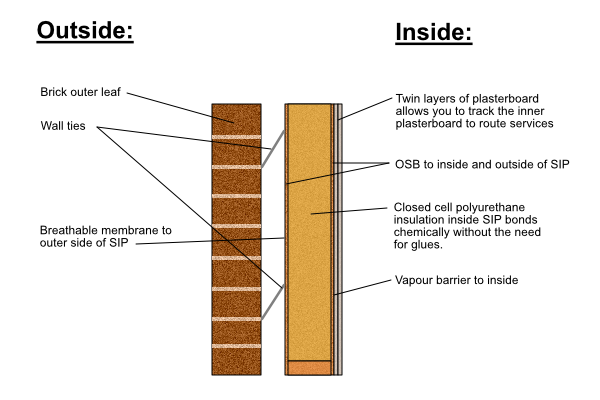
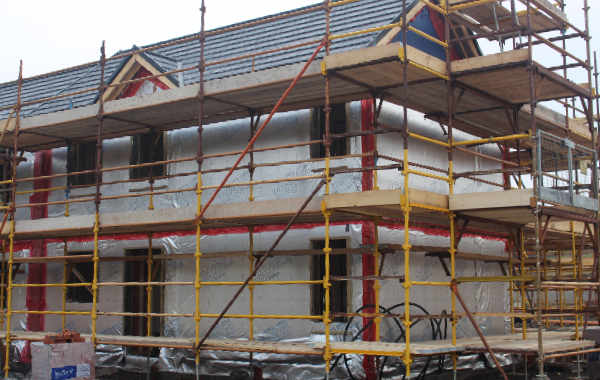
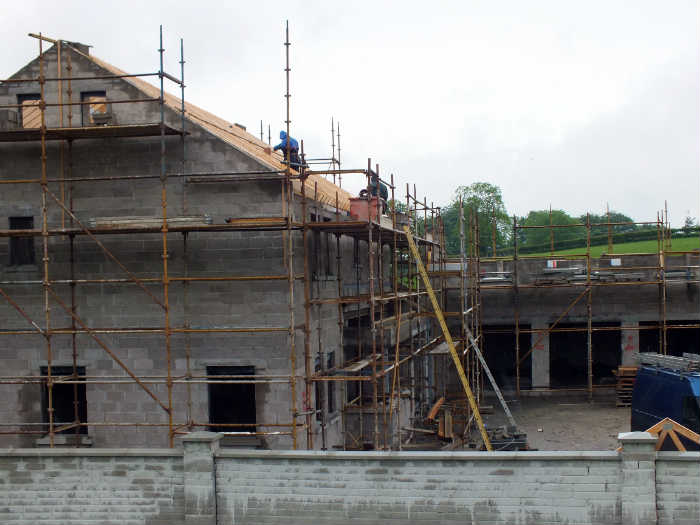
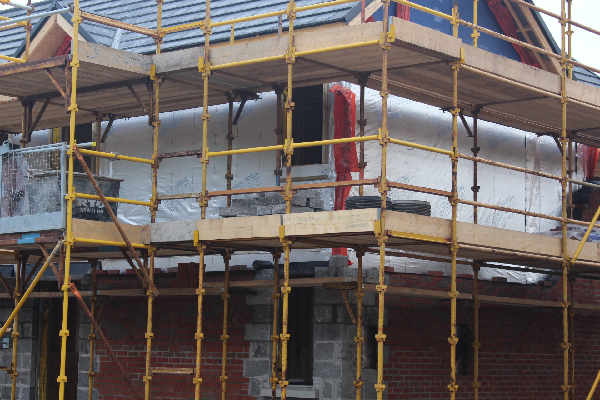
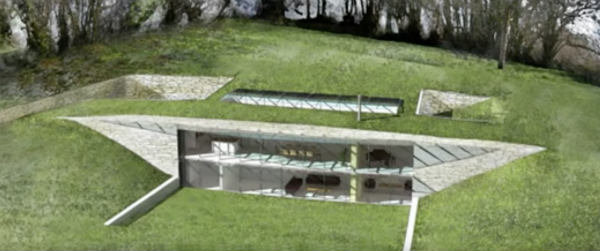

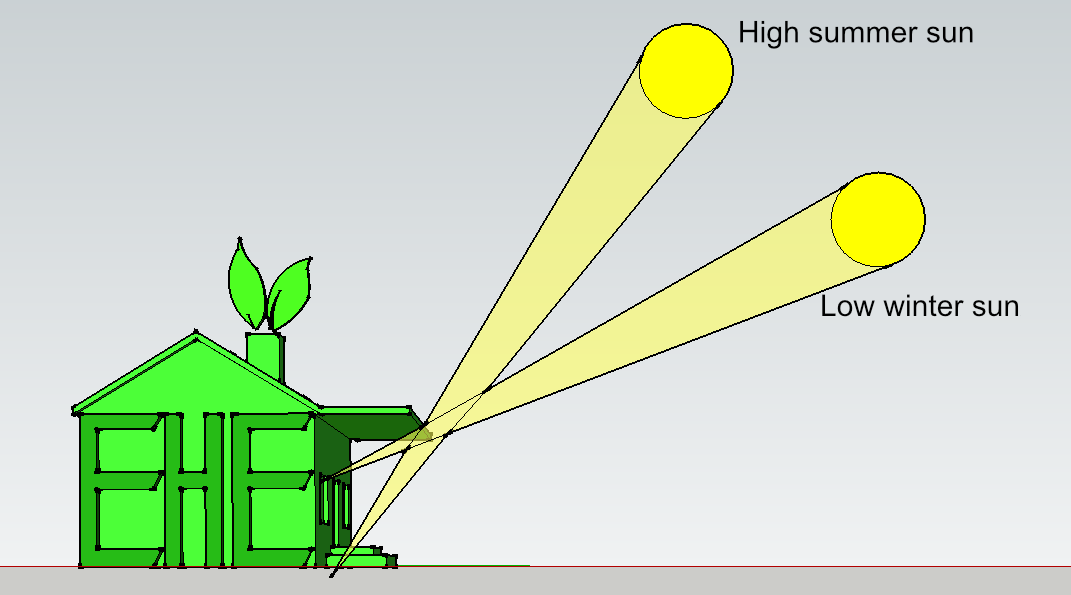
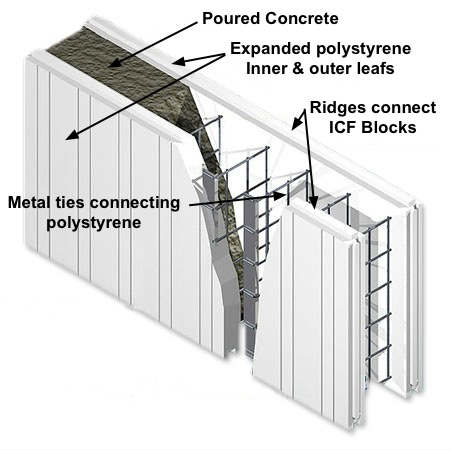







New! Comments
Have your say about what you just read! Leave me a comment in the box below.